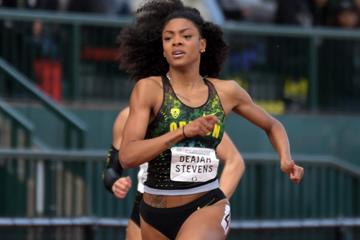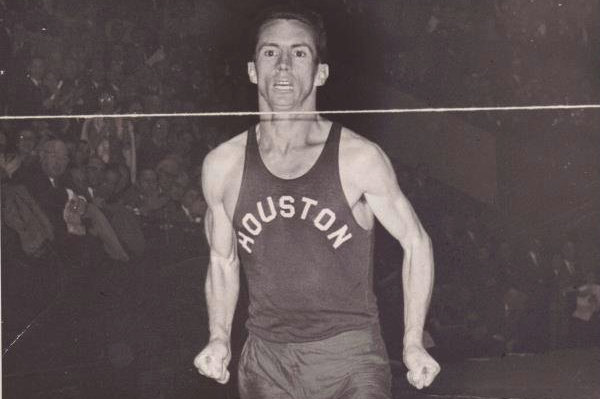The IAAF is saddened to learn that Al Lawrence, the 1956 Olympic 10,000m bronze medallist, died on Monday (15) at the age of 86, having suffered from pancreatic cancer.
Born in the Sydney suburb of Punchbowl, Lawrence was inspired to take up athletics after seeing a film of Cornelius Warmerdam setting a world pole vault record at Madison Square Garden, New York. At age 13 he joined the Botany Harriers, running cross-country in winter and vaulting during the track season.
In 1944, Cecil Hensley began coaching Lawrence and became a profound influence on him. After various regional successes in the early 1950s, Lawrence won his first national title in 1954, winning over six miles and collecting silver in the three miles, earning selection for the 1954 British Empire Games in Vancouver in the process.
Lawrence’s employers, the Australian Paper Manufacturers, were able to raise the funds for his trip, but he was disappointed to finish eighth in the six miles, 10th in the three miles and withdraw from the marathon.
He bounced back in 1955 and later that year at the Olympic Trials for the following year’s Games in Melbourne, Lawrence won both the 5000m and the 10,000m.
At the 1956 Olympic Games in Melbourne the 10,000m was on the first day of competition and was billed as the big match-up between Soviet champion Vladimir Kuts and Britain’s Gordon Pirie. For most of the race it was Kuts surging and slowing until he broke Pirie, but behind them a two-man battle was developing between Lawrence and Hungarian Jozsef Kovacs.
They started to gain on the leader even though Lawrence was having trouble with his calf. Kuts pulled away again but Lawrence and Kovacs fought on in a desperate battle for the minor medals with Kovacs getting silver and Lawrence taking bronze in 28:53.59.
Lawrence won his 5000m heat a few days later, but aggravated a calf injury in the process and wasn’t able to take his place in the final.
In the latter years of his competitive career, Lawrence was granted a scholarship to the University of Houston. He went on to set two world indoor bests over two miles and then broke the world indoor three mile record in New York. He also won the NCAA and AAU cross-country title double on two occasions.
Lawrence competed at the 1960 Rome Olympics, but he missed the 5000m final and withdrew from the 10,000m.
Although he returned to Australia in 1963, he later relocated to Houston to work as a coach and became a US citizen in the early 1980s. He formed the Al Lawrence Running Club in Houston, which remains strong today.
With assistance from Athletics Australia / Paul Jenes







 Countdown
Countdown





